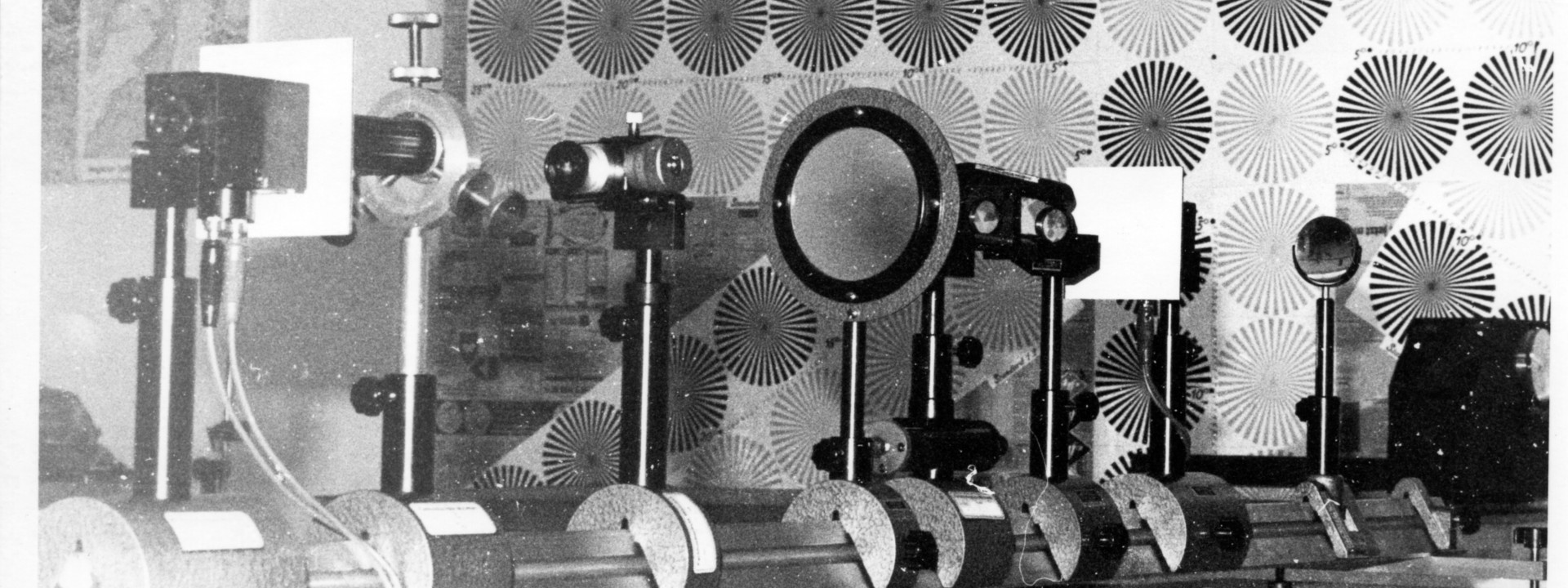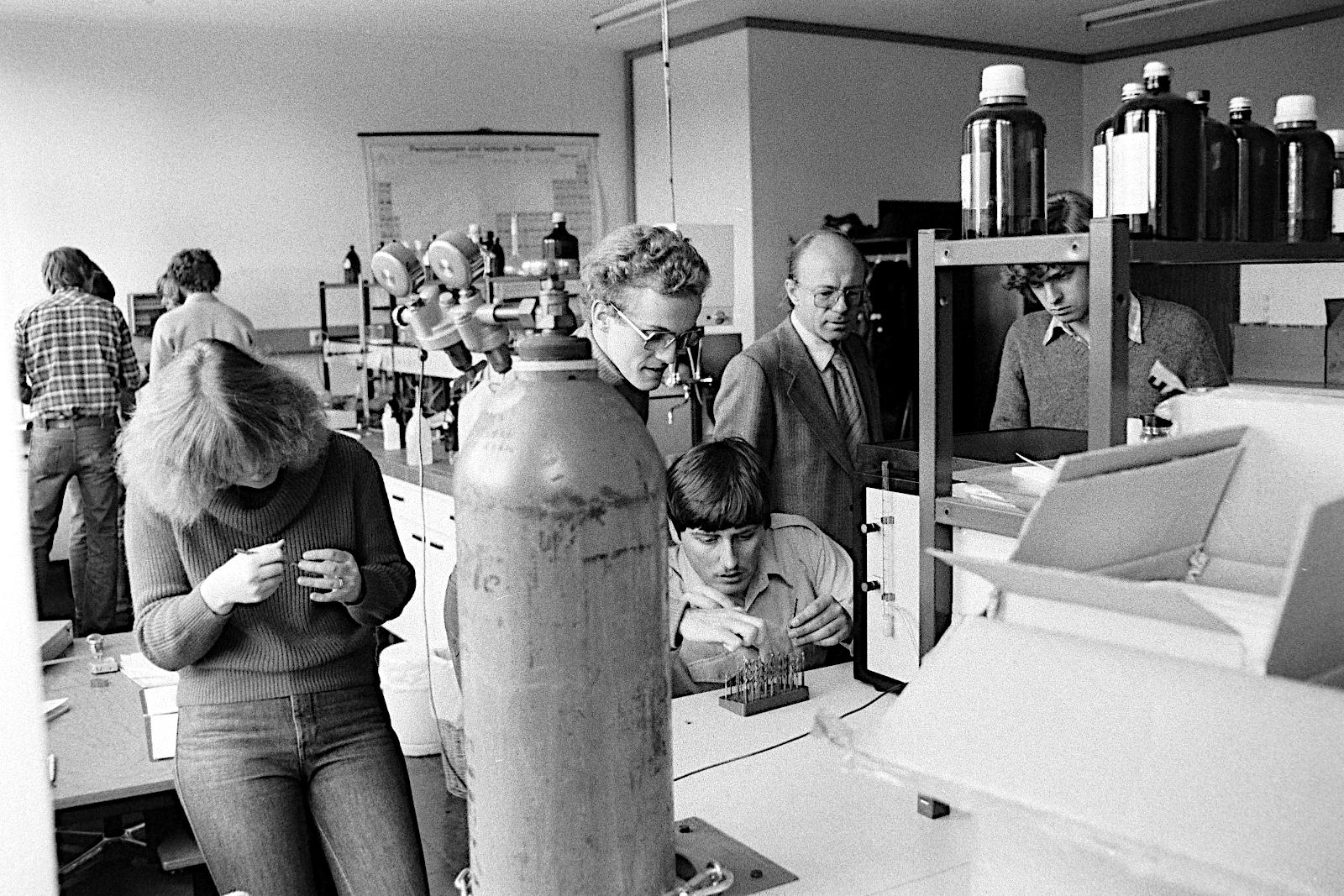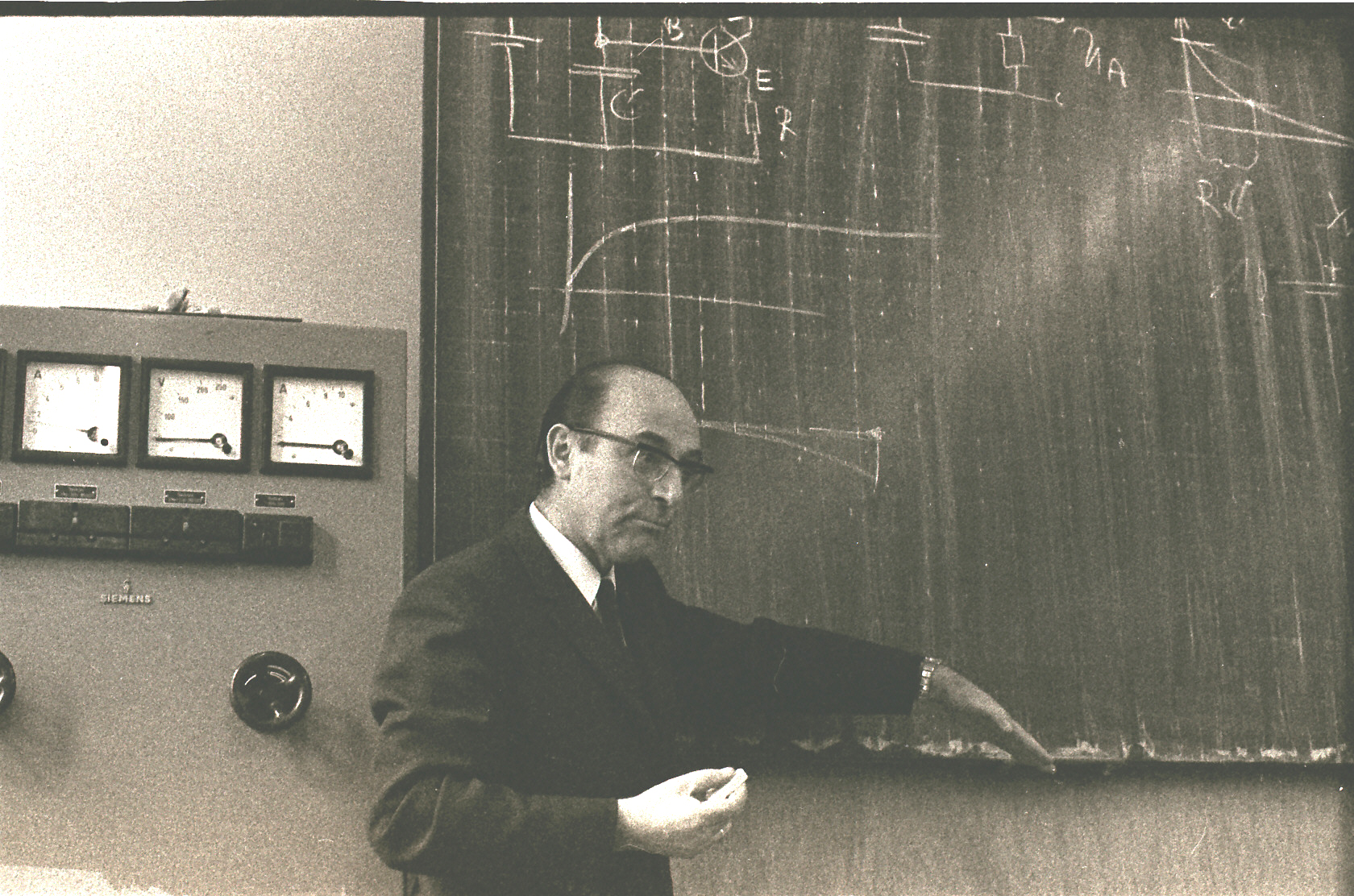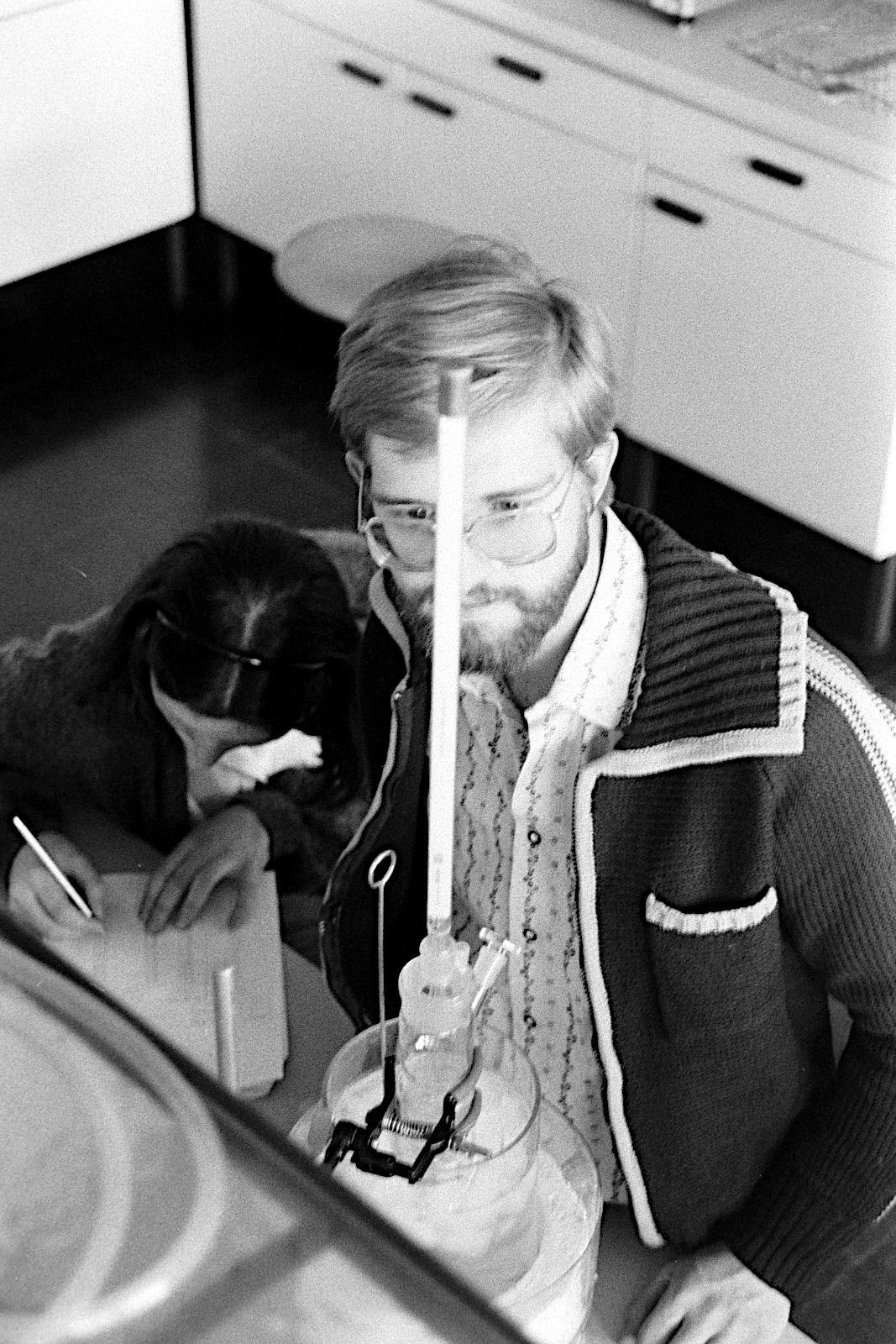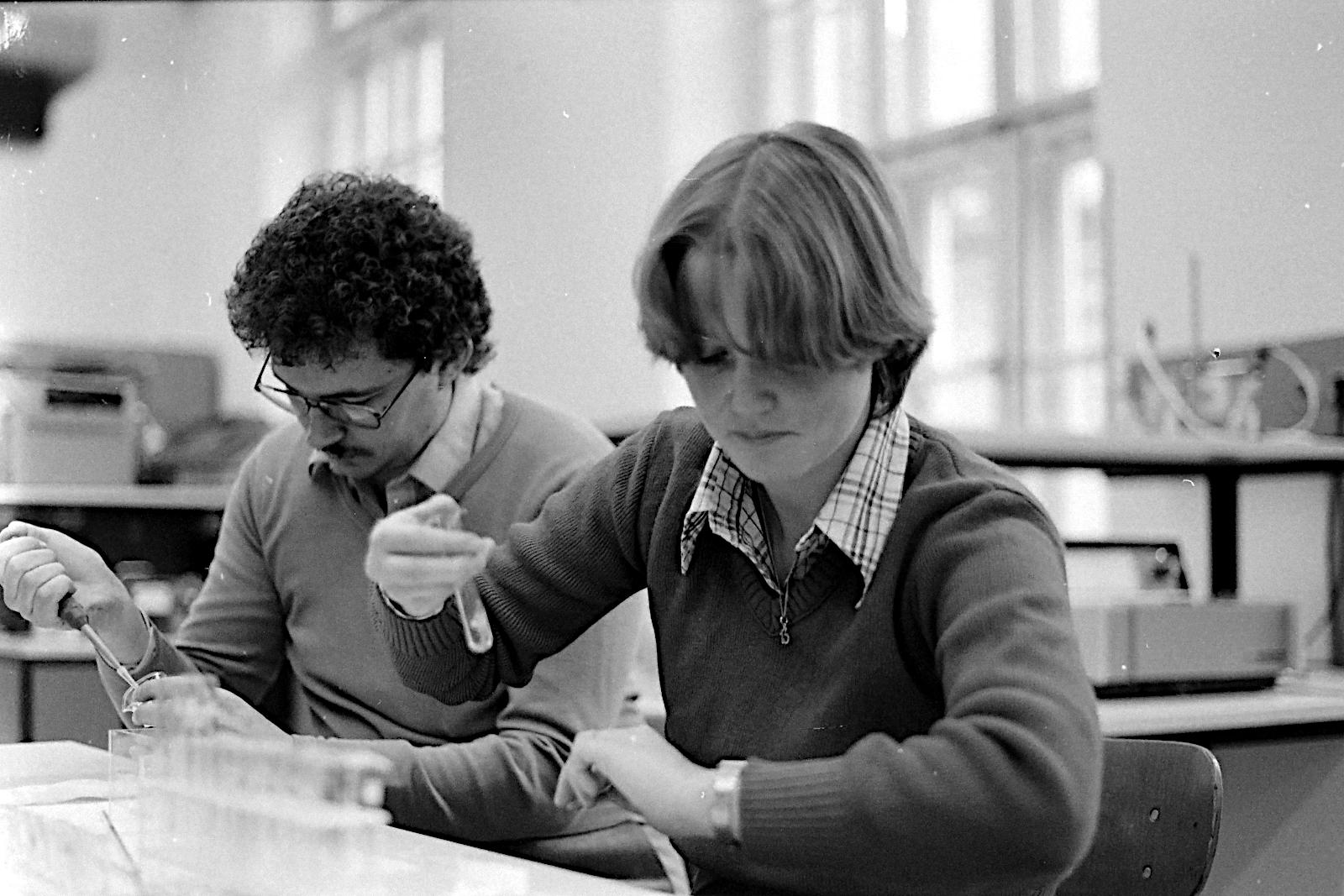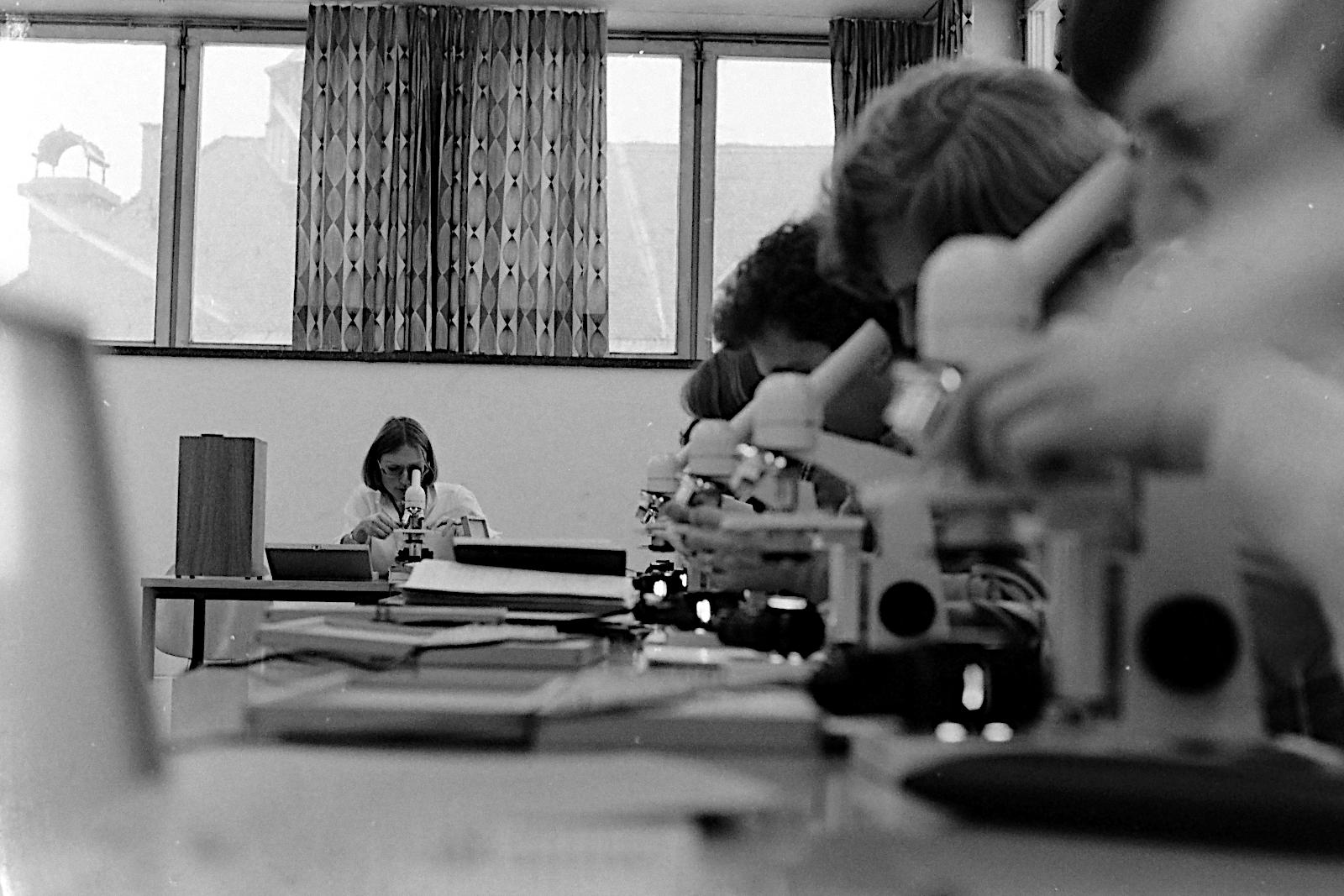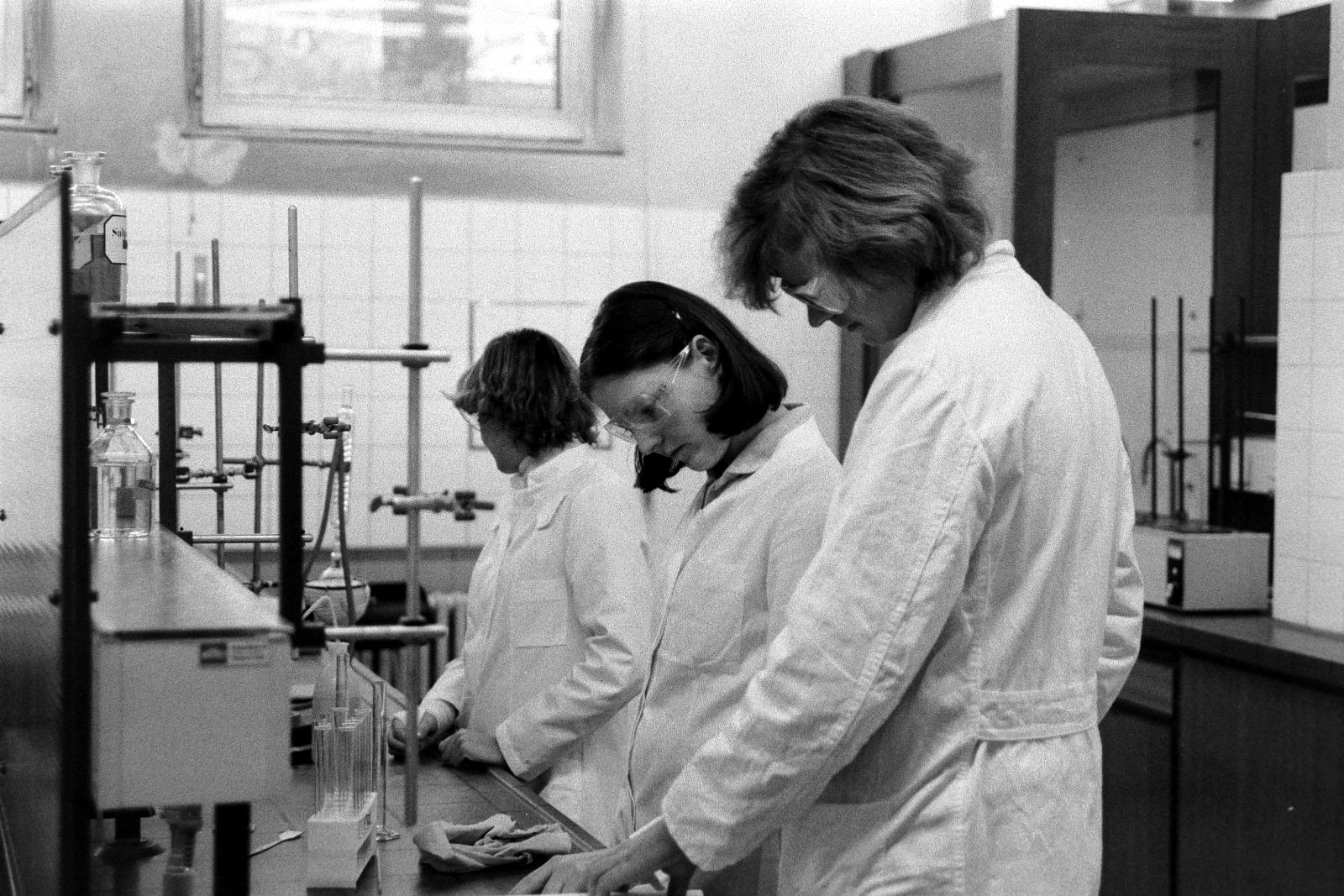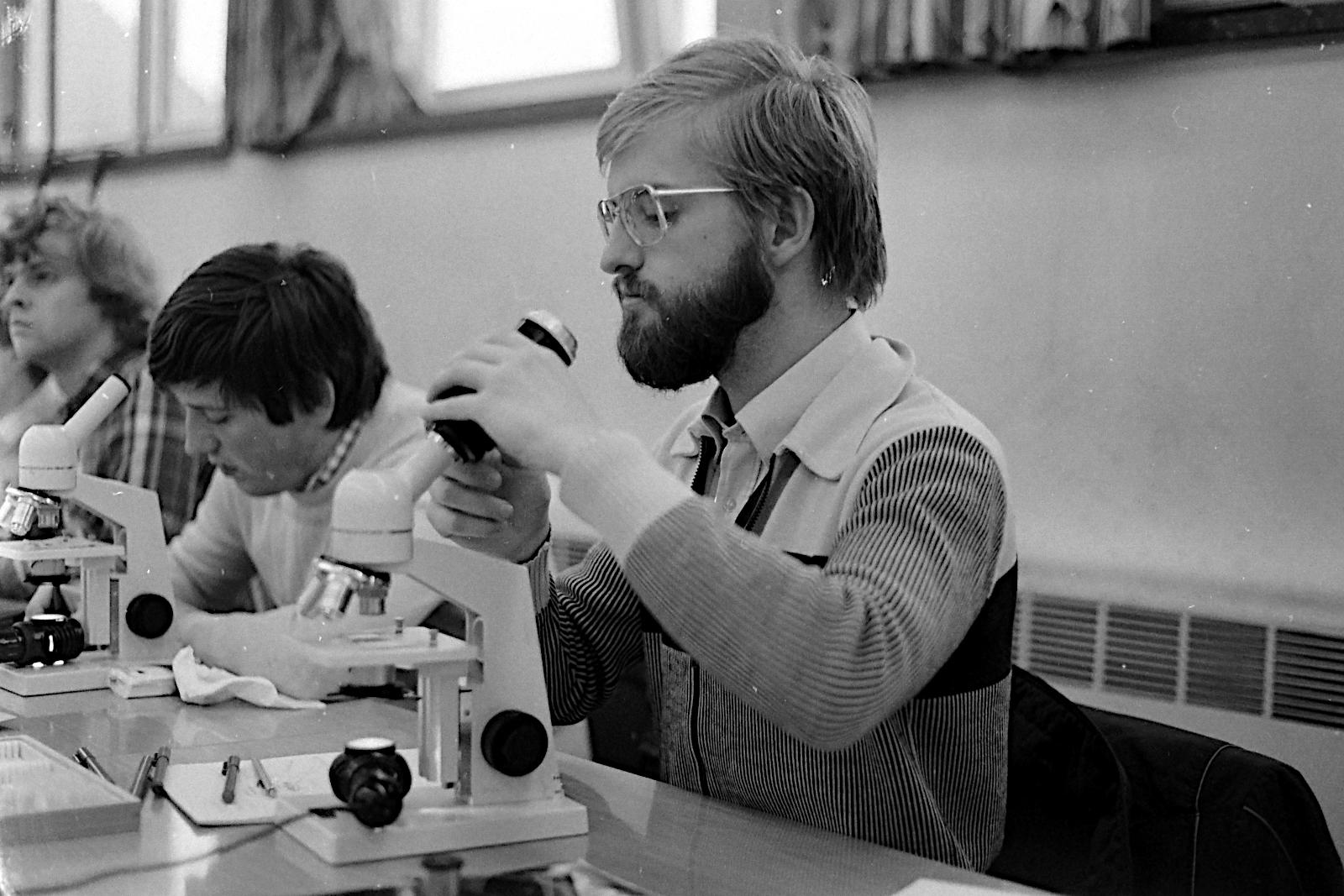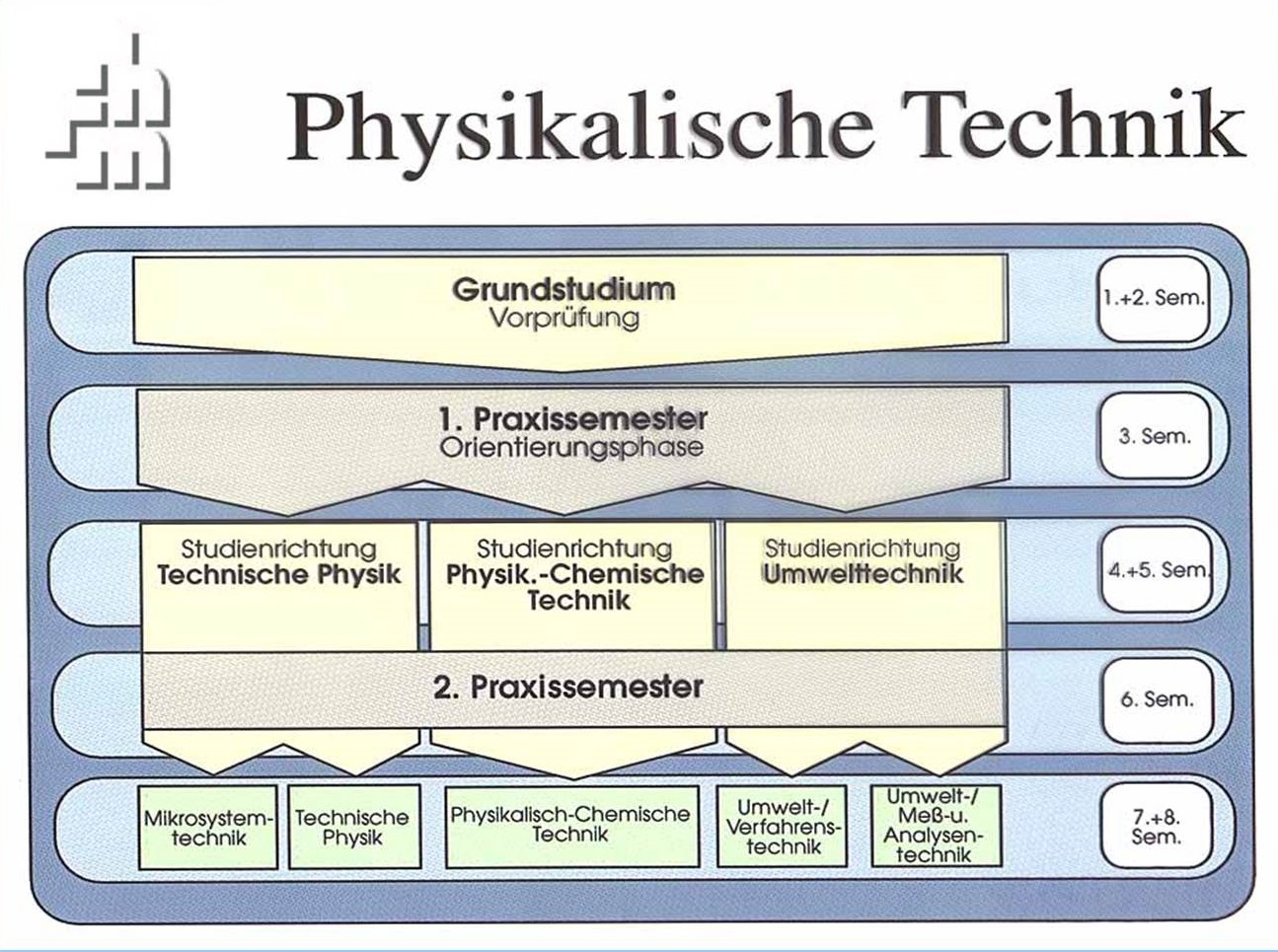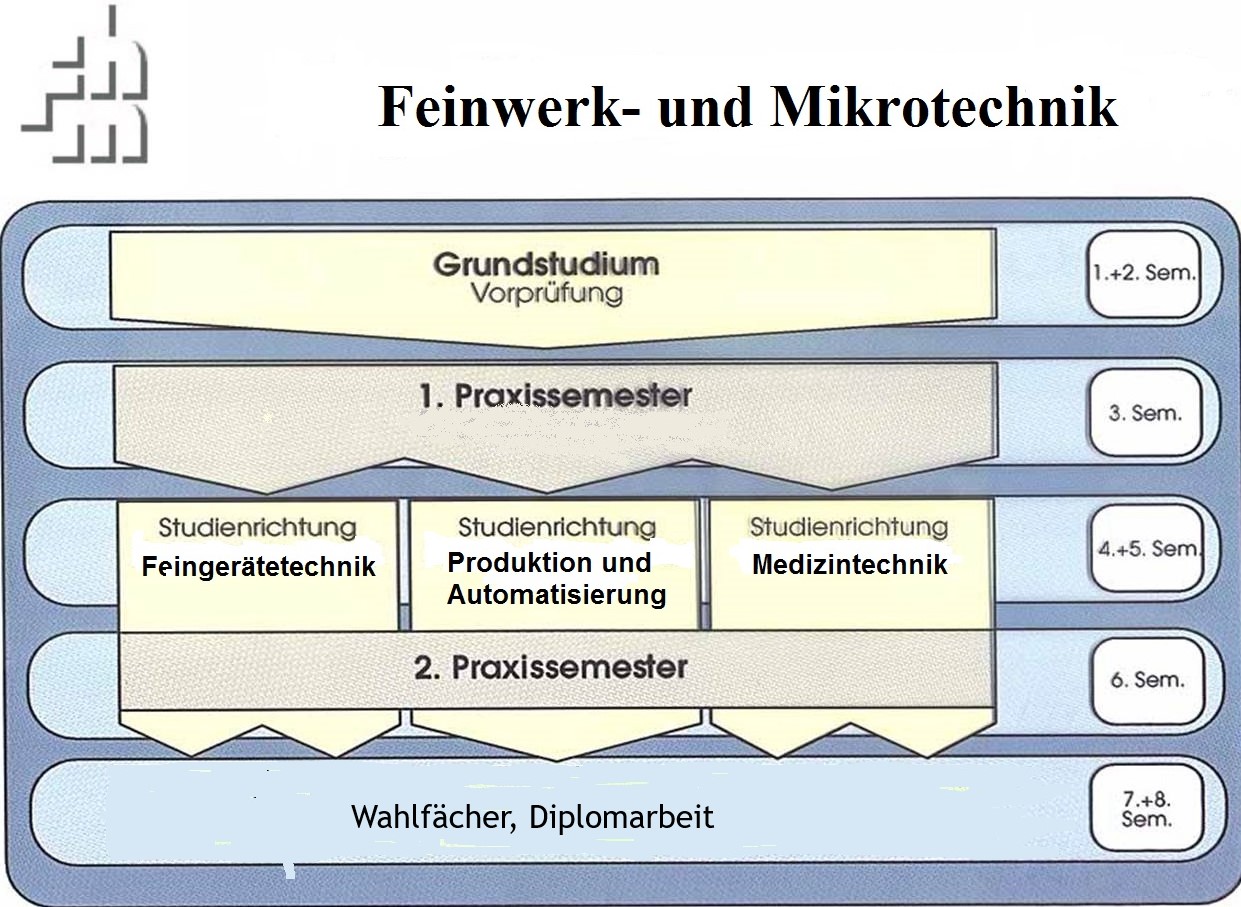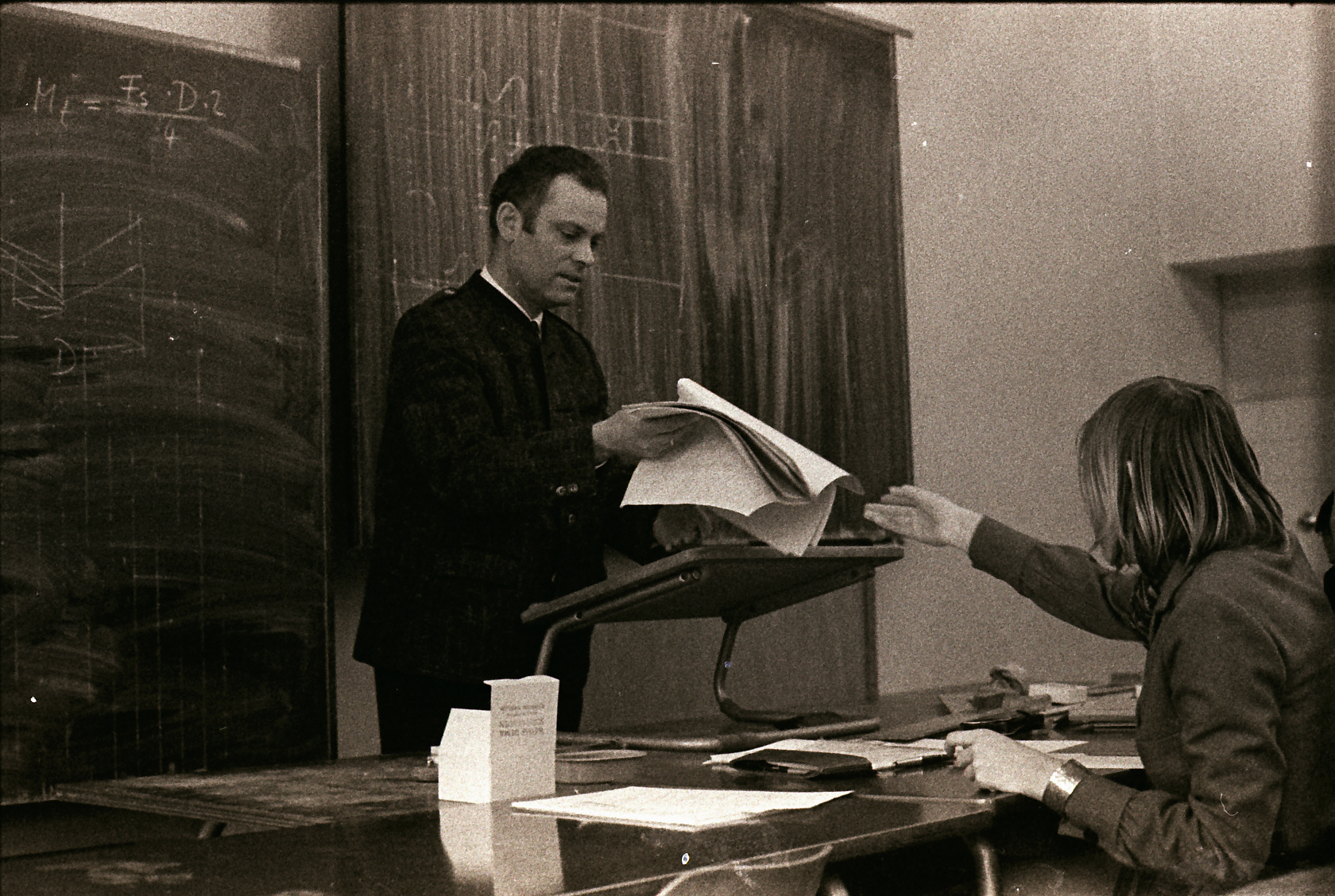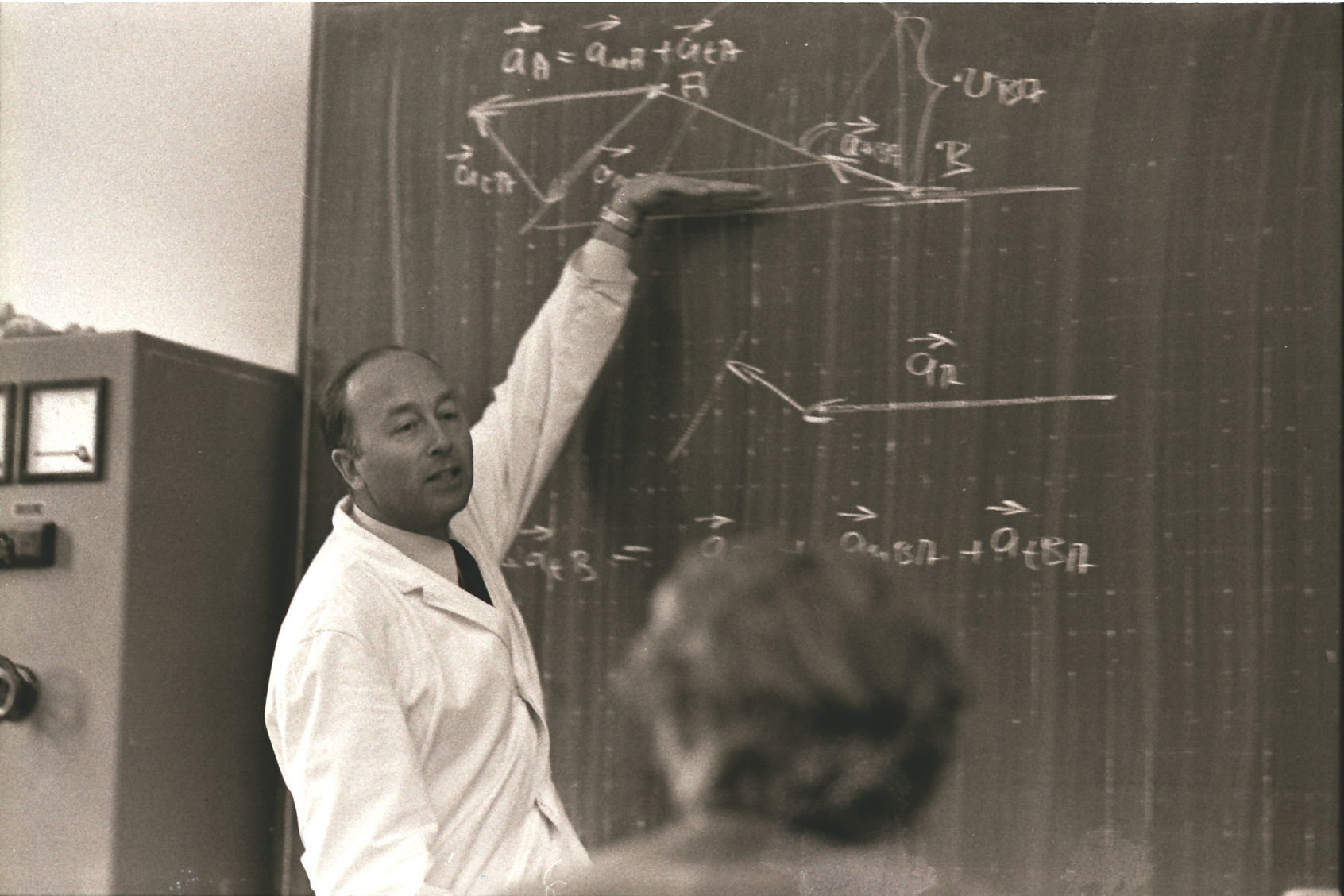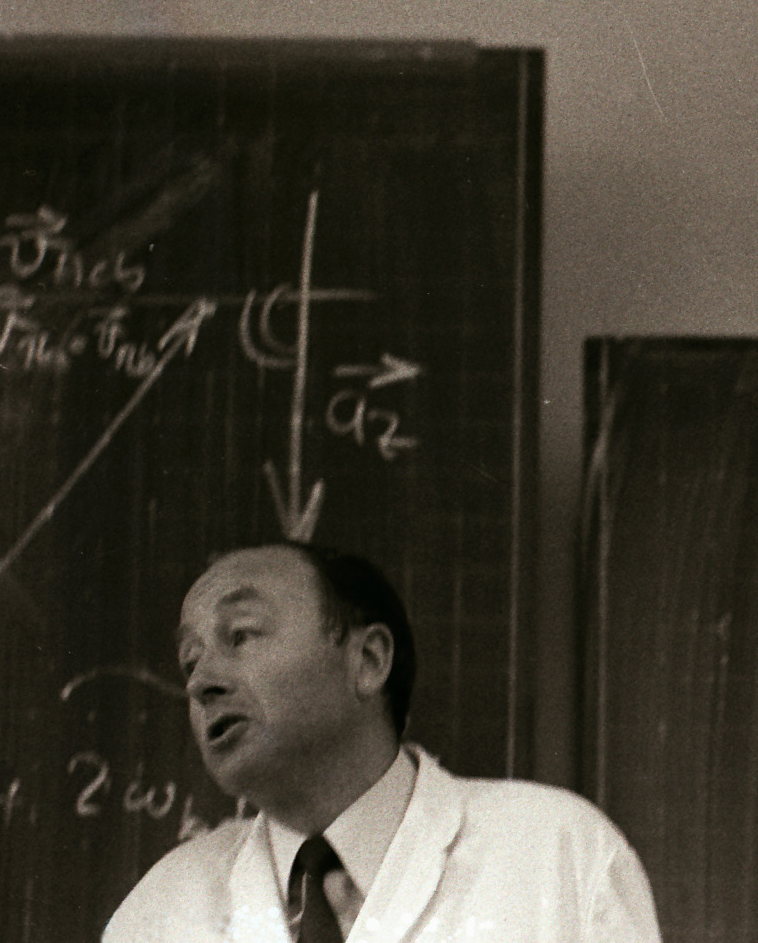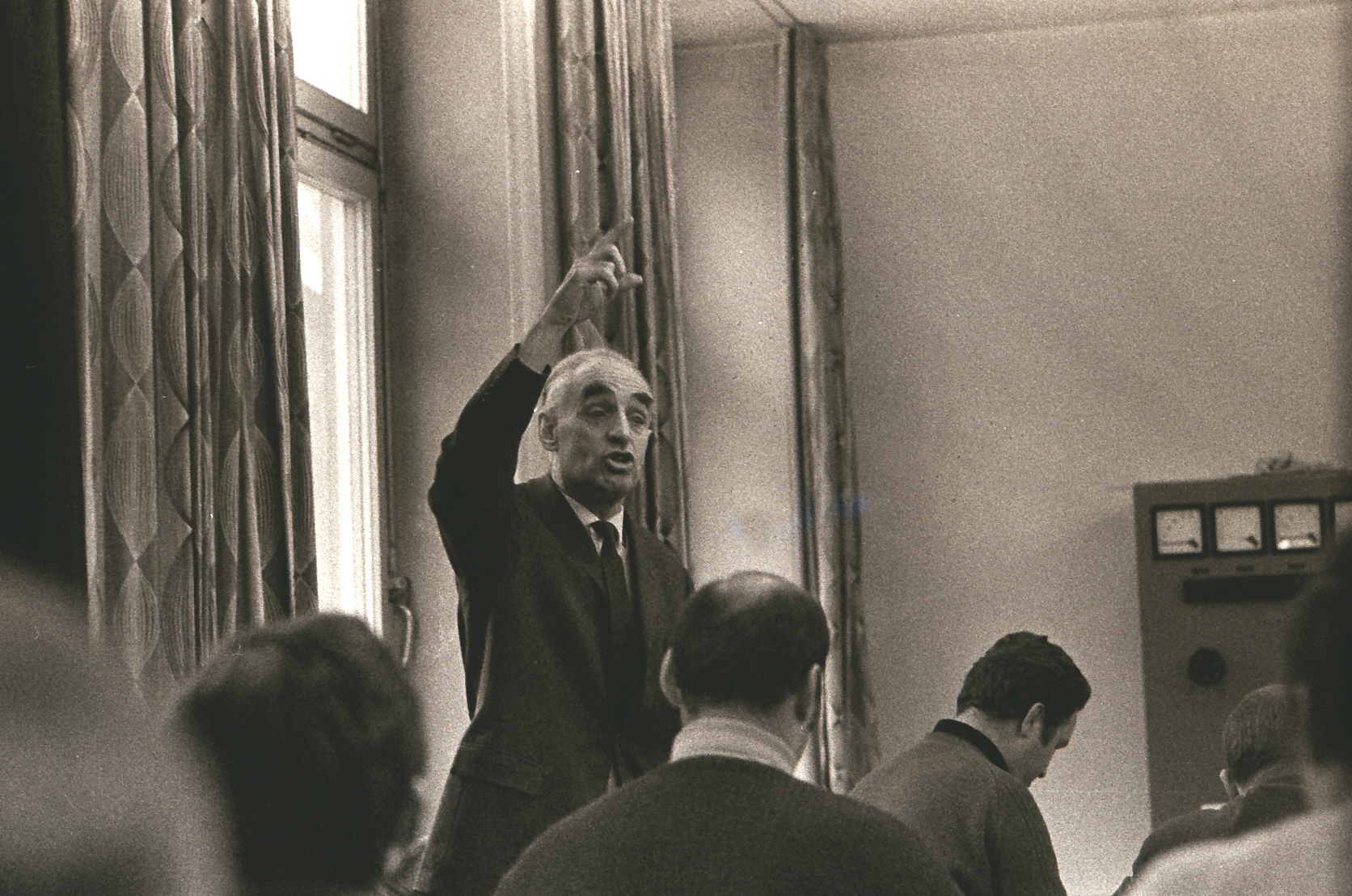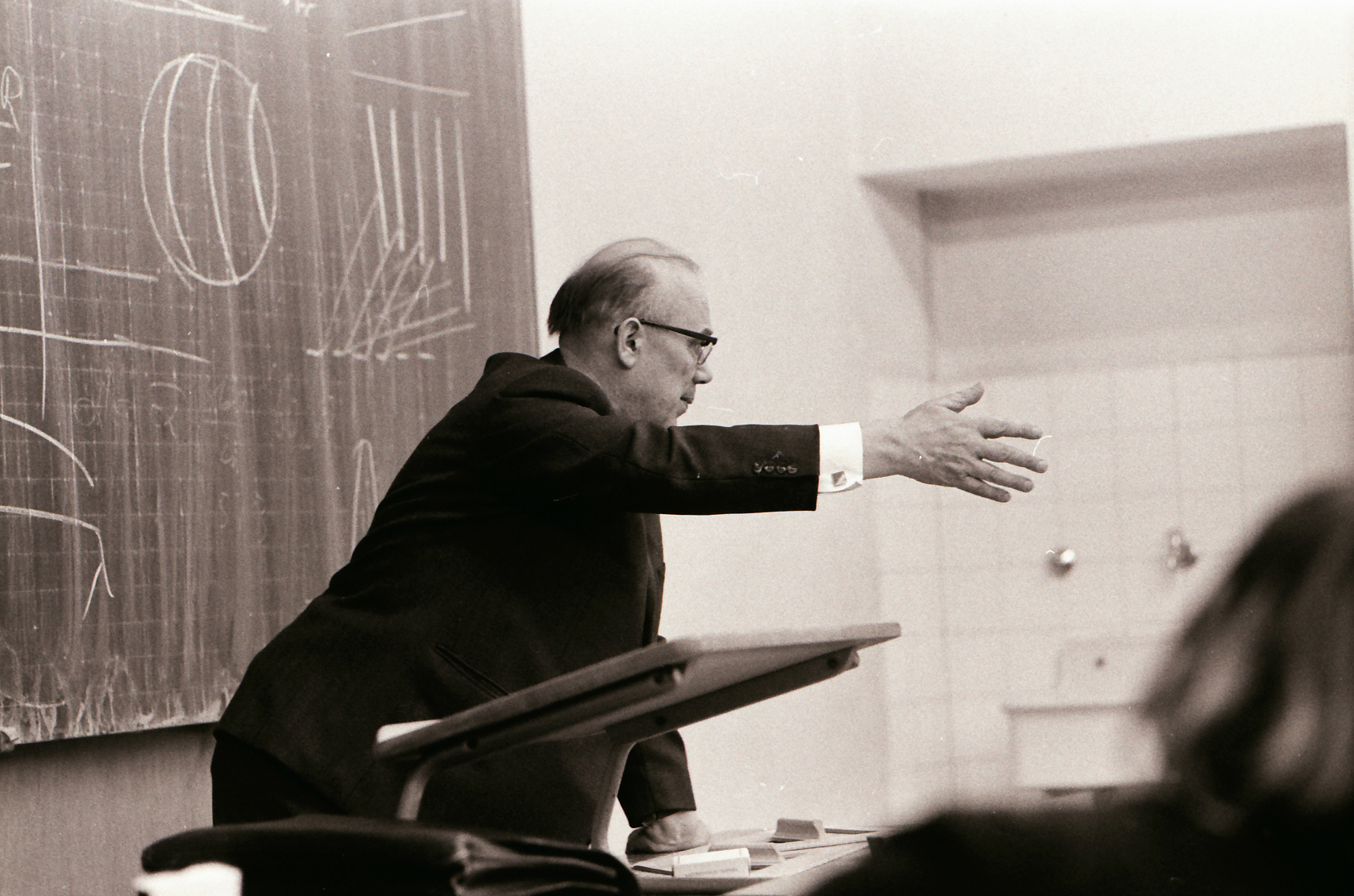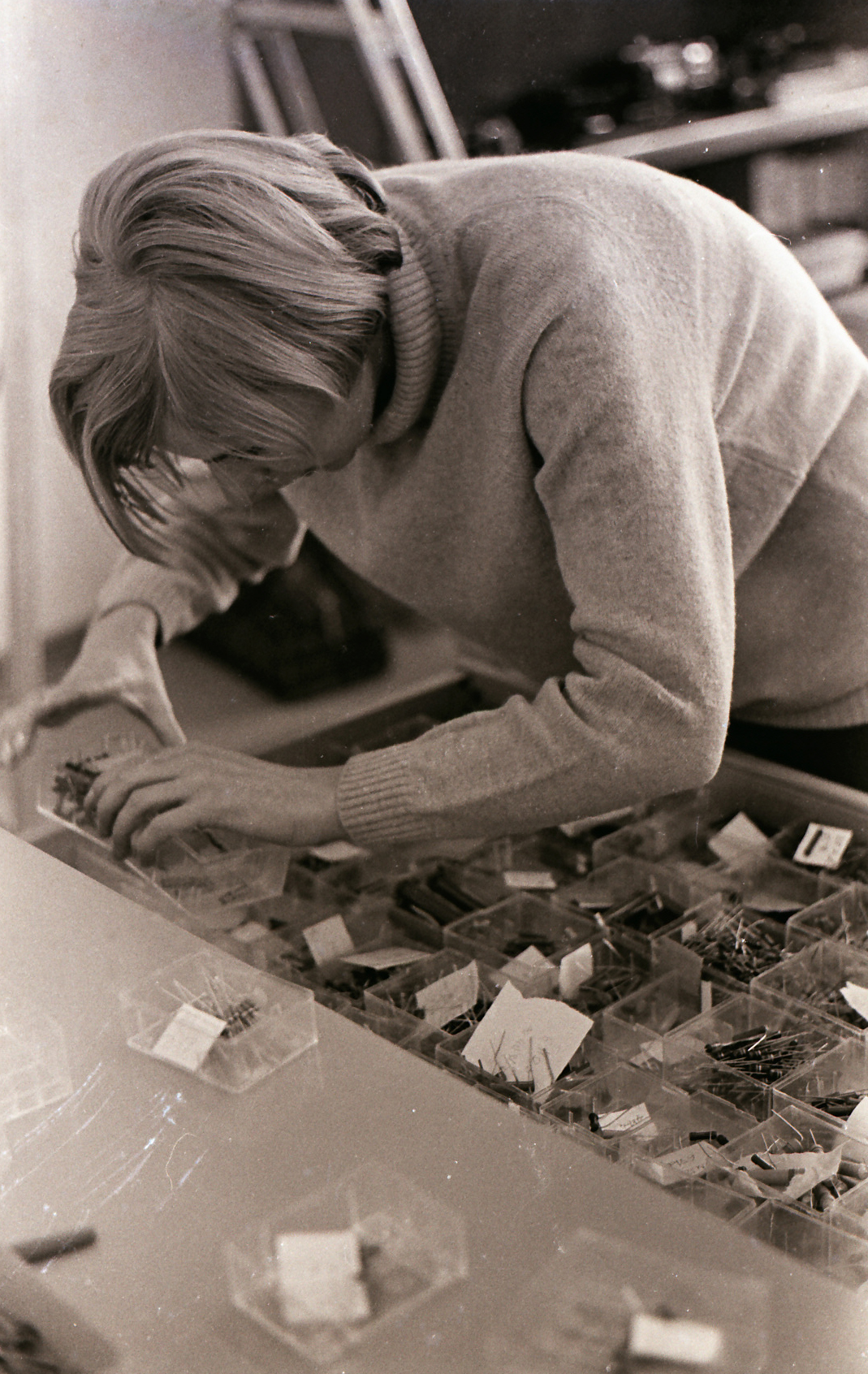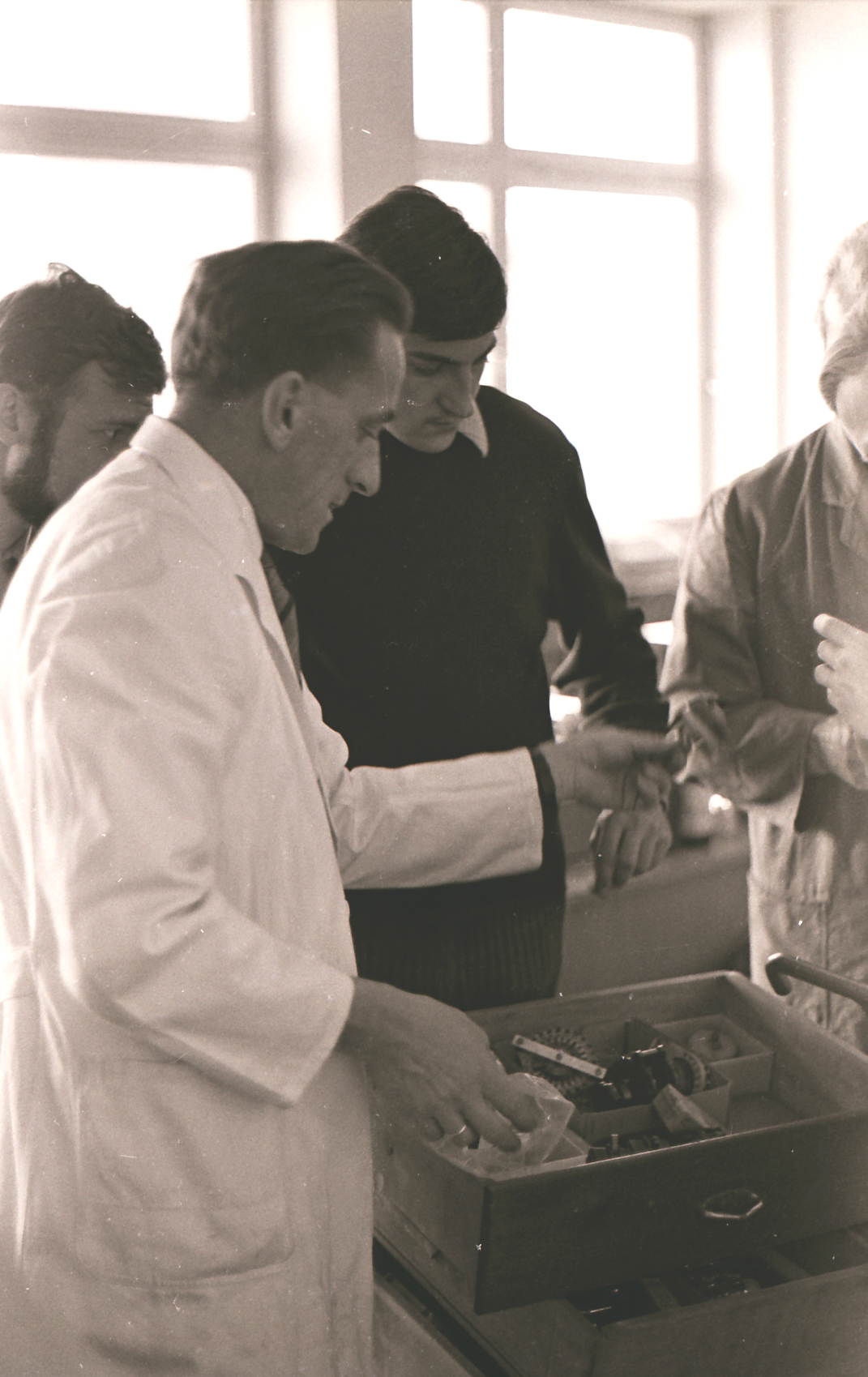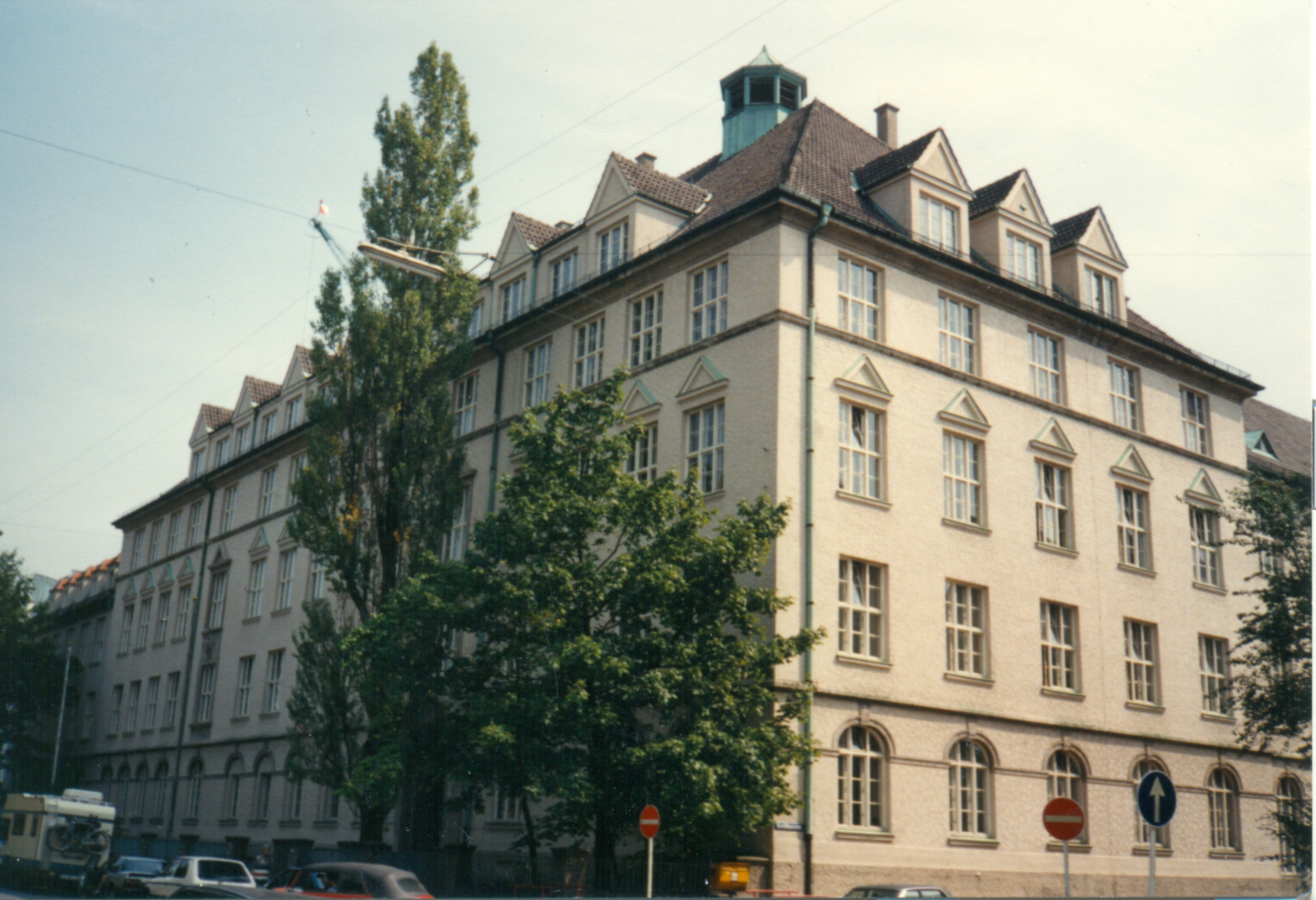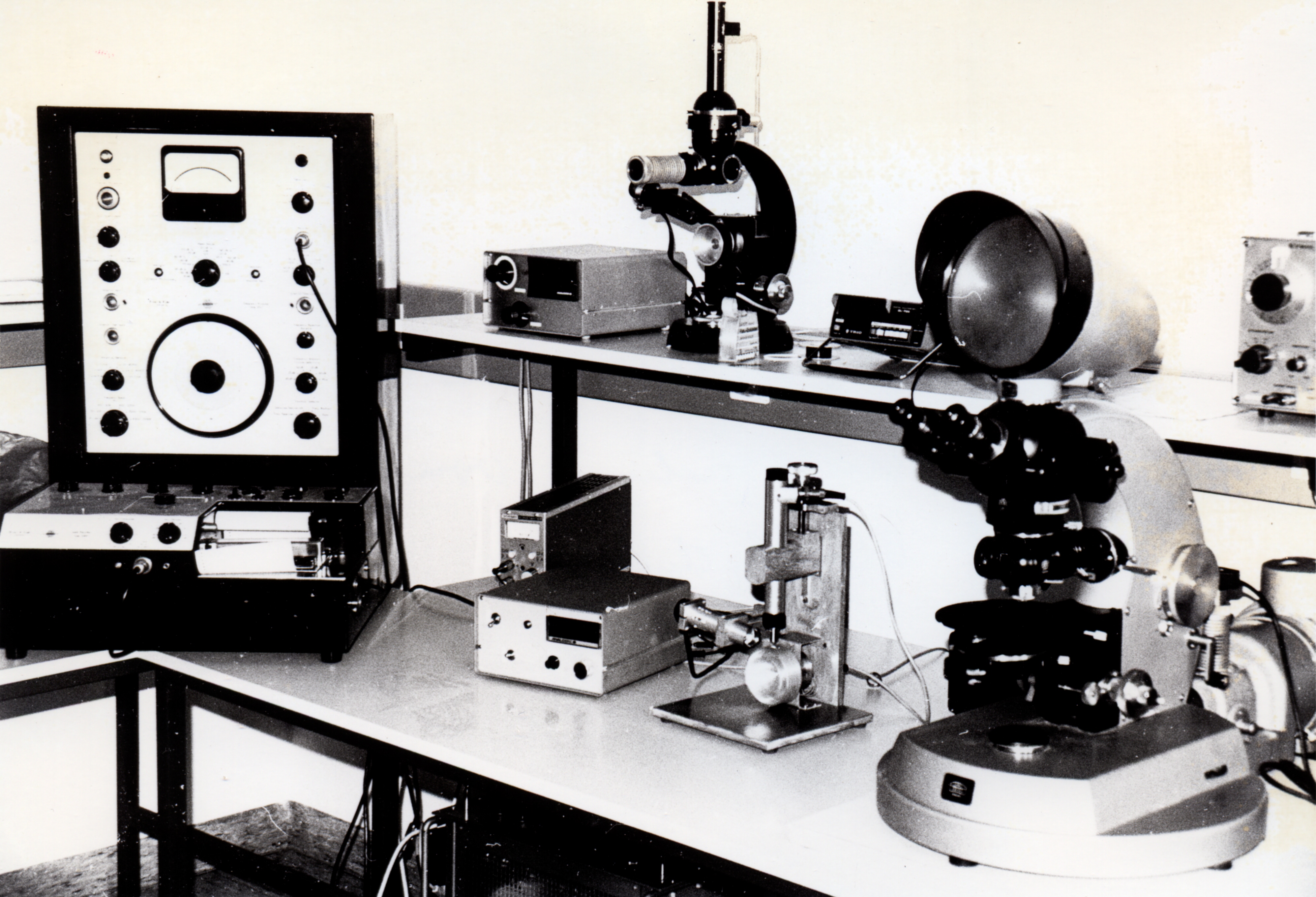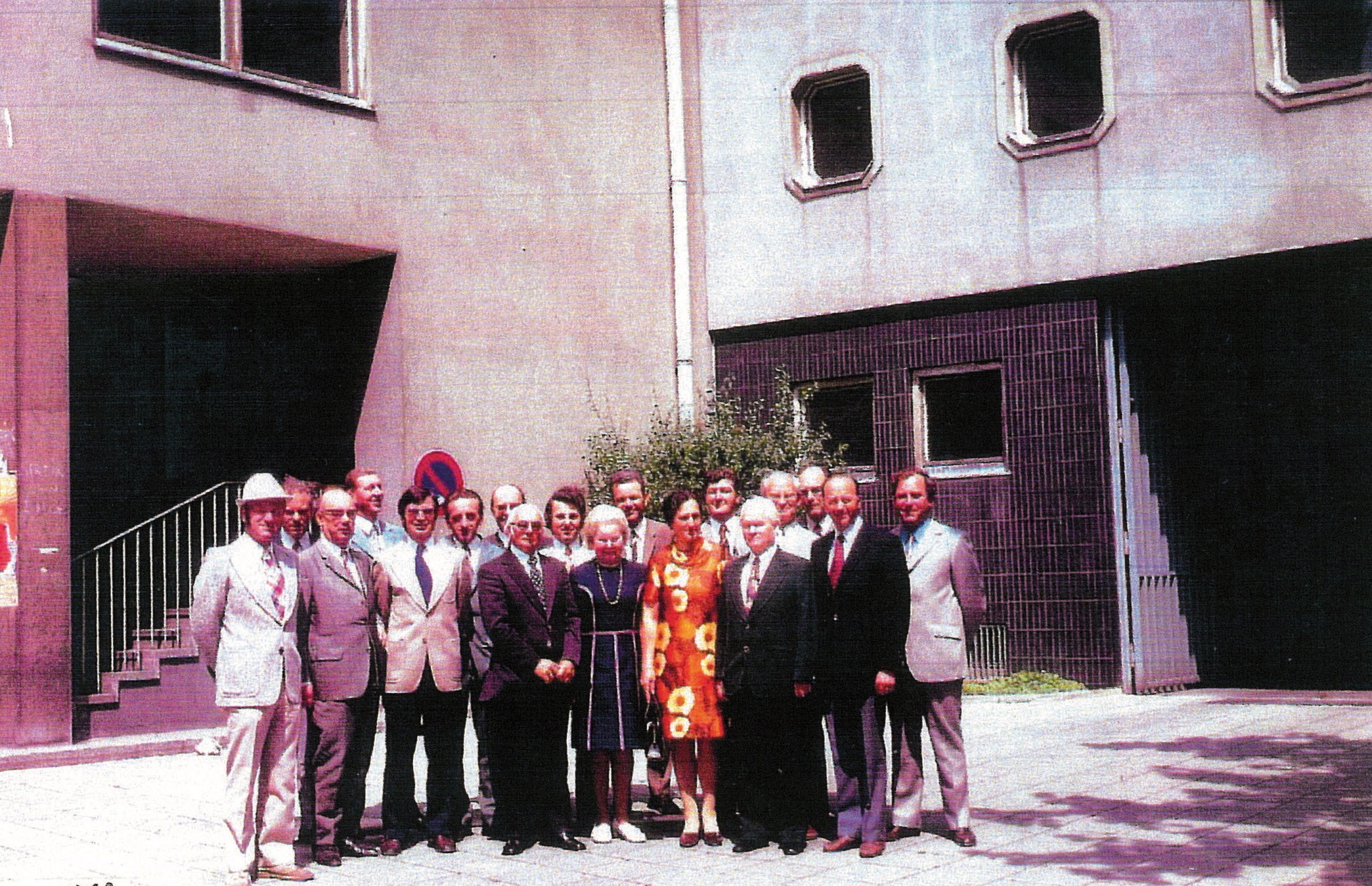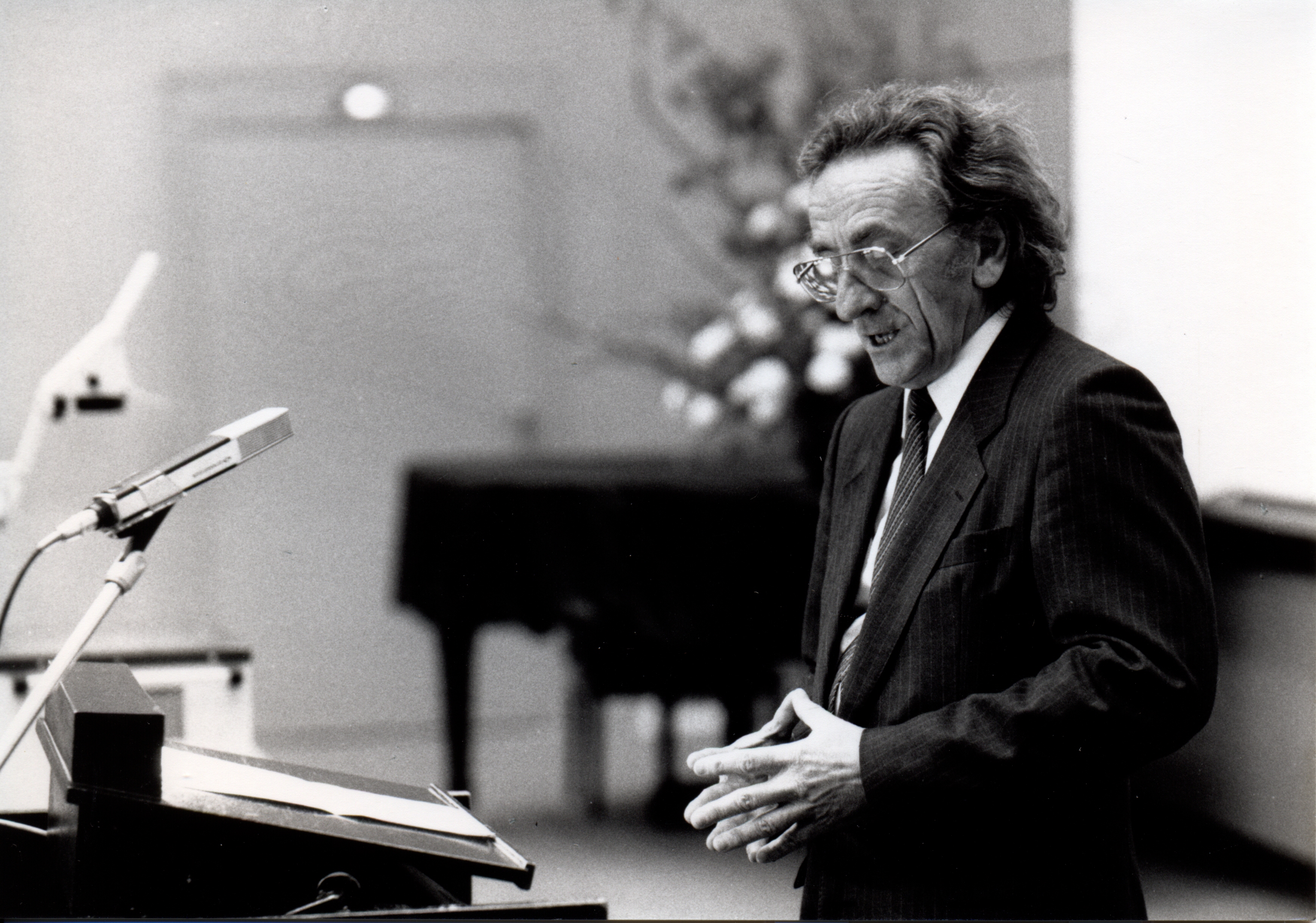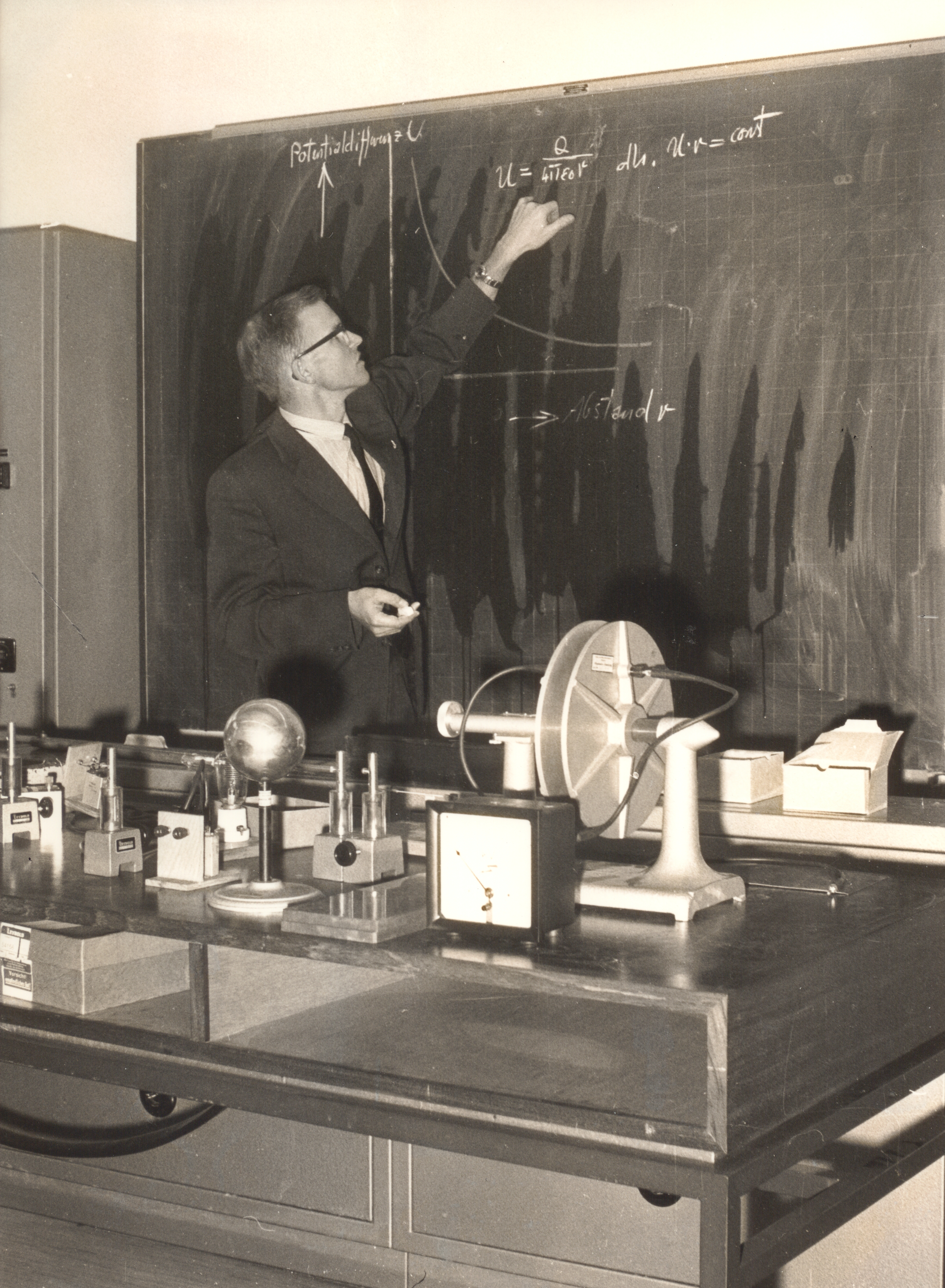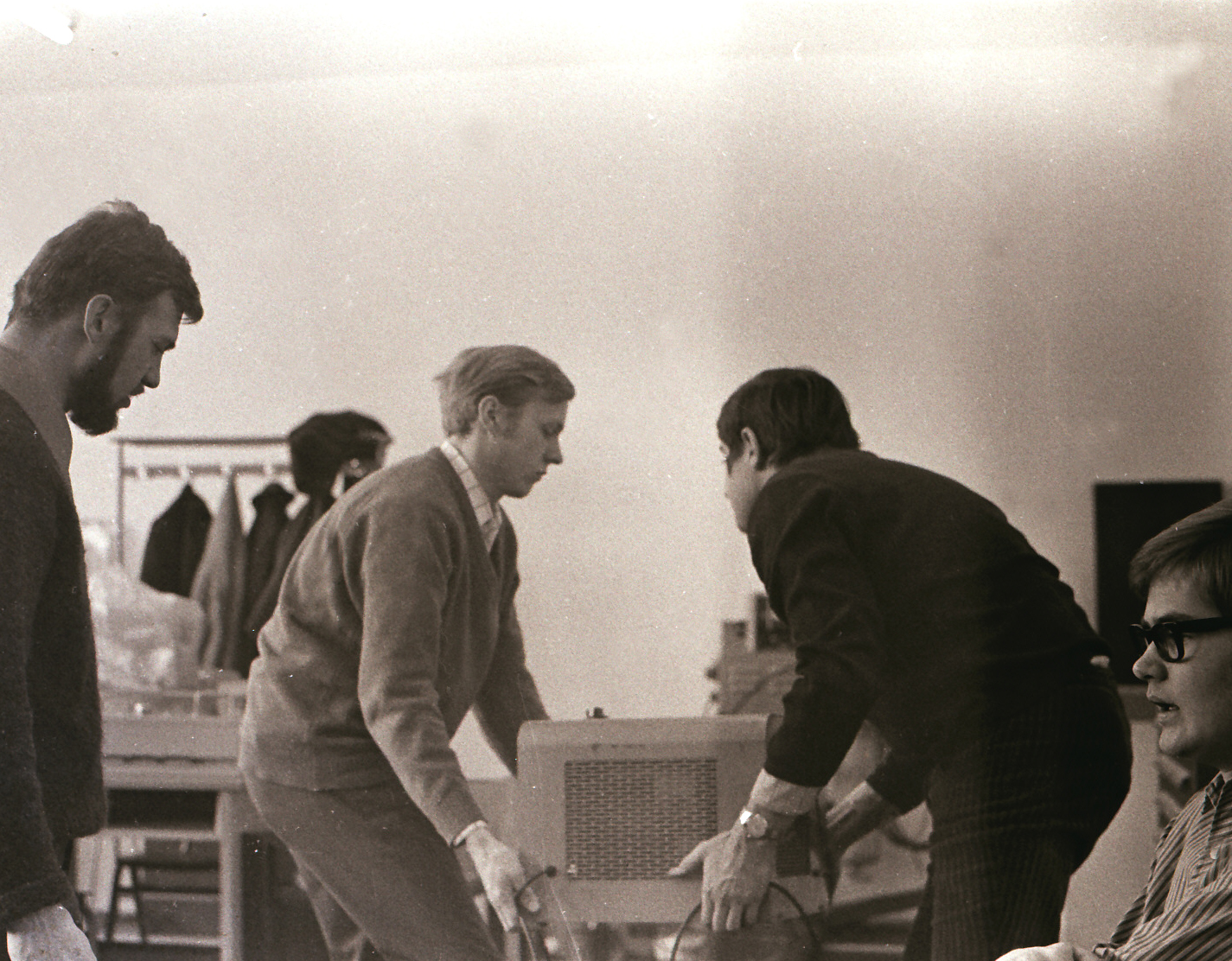History
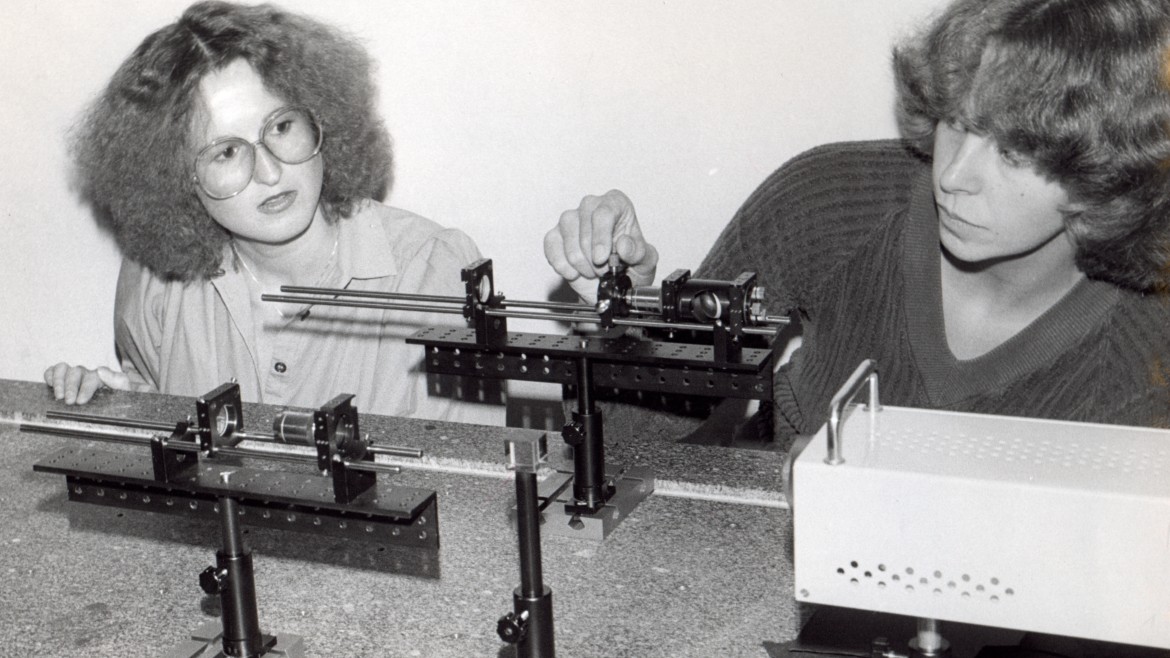
Since the Munich University of Applied Sciences was founded in August 1971, the origins of the department can be traced back to the two departments of Precision Engineering/Optics and Engineering Physics.
The Department of Precision Engineering/Optics emerged from the Department of Precision Mechanics and Optics, which was established at the Oskar von Miller Polytechnic back in 1948. At the same time, the Department of Engineering Physics was formed, which has its roots in the physics departments of the former Oskar von Miller Polytechnic and the State Construction School. Both institutions were two of a total of eight predecessor institutions that created the basis for the broad engineering orientation of Munich University of Applied Sciences and bear witness to the long tradition that the university still maintains in the engineering sciences today.
As part of the Bavarian education reform, the Bavarian Higher Education Act was introduced in December 1973, replacing the previous Act, which regulated the establishment of Fachhochschulen (universities of applied sciences) in Bavaria. This change in the law and the accompanying reorganization led to a significant change in the structure of the departments. The original 23 departments were to be reduced and merged to create 13, later 14, departments.
In this context and driven by the technical proximity, the Department of Engineering Physics decided to merge with the Department of Precision Engineering/Optics. This strategic decision led to the formation of the joint department in 1974, which initially bore the name Feinwerktechnik, Physikalische Technik or Department 06 for short.
In the mid-1980s, it became apparent that a name extension was necessary to reflect the rapid progress and developments in the technological landscape. The department was therefore renamed Precision Engineering and Microtechnology, Engineering Physics, which better represented the focus and dynamic orientation of the department.
However, in order to do justice to the growing diversity and the comprehensive disciplines that now characterize the engineering and natural sciences courses on offer, the faculty underwent another significant renaming in October 2012. Since then, it has been known as the Department of Applied Natural Sciences and Mechatronics. This not only reflects the broad range of fields of study that are now united under its umbrella, but also underlines the aspiration to educate future generations of students in a practical way and with a view to the requirements of a constantly changing professional landscape.
The development of our study programs
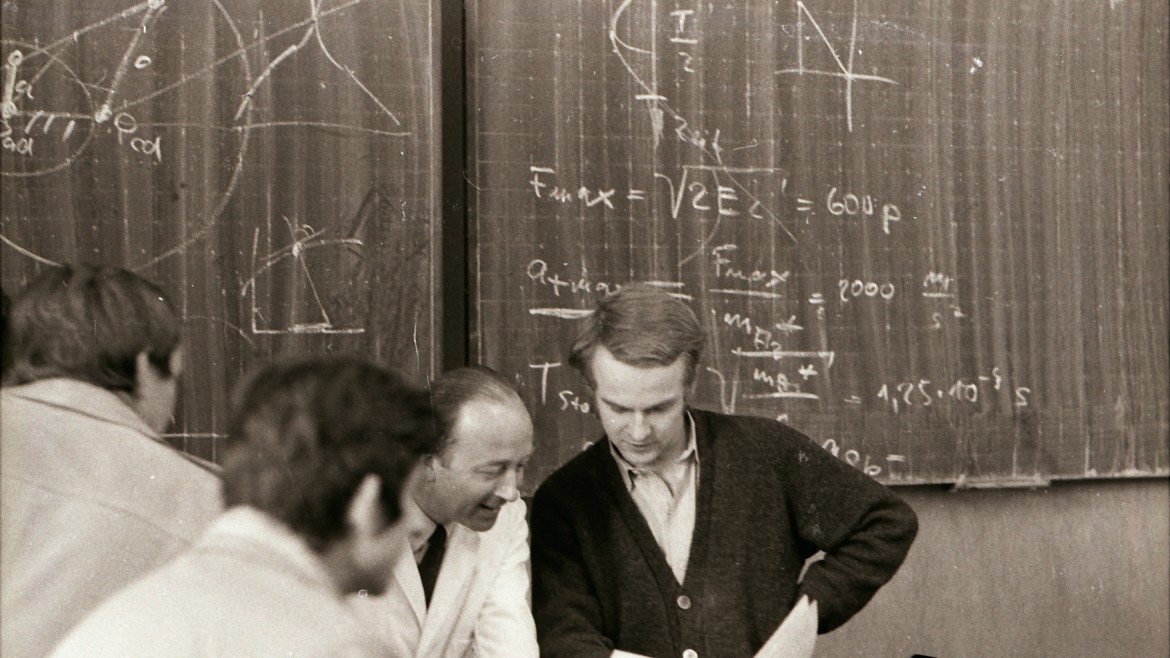
1948: Precision mechanics/optics
1957: Nuclear physics and nuclear engineering, initially as an elective course, from 1963 as a postgraduate course
1971: Diploma course in Precision Engineering/Optics, with specializing in precision engineering, medical technology, production and automation (the latter also as a joint Franco-German course with the EPF from September 1993)
1974: Diploma degree in Engineering Physics, specializing in technical physics, physical-chemical engineering, environmental engineering
2001: Master's degree in Micro- and Nanotechnology
2002: Diploma or Bachelor's degree program in Bioengineering
2004: Renaming of the Diploma degree program in Precision Engineering/Mechatronics, discontinuation of the specializing in Environmental Engineering in the Diploma degree program in Engineering Physics
2007: Conversion of diploma courses to Bachelor's degree:
- Mechatronics/Precision Engineering with specialization in Apparatus Engineering or Medical Technology
- Engineering Physics
- Chemical Engineering
- Production and Automation
- Production and Automation International, together with the EPF as a Bachelor's/Master's degree program
2008: Master's degree in photonics
2009: Master's degree in mechatronics/precision engineering
2010: Bachelor's degree in Ophthalmic Optics | Optometry
2012: Master's degree program in Biotechnology / Bioengineering (together with HSWT)
2021: Renaming of the Bachelor's and Master's degree programs to Mechatronics
2024: Bachelor's degree program in Engineering Physics and Data Science
